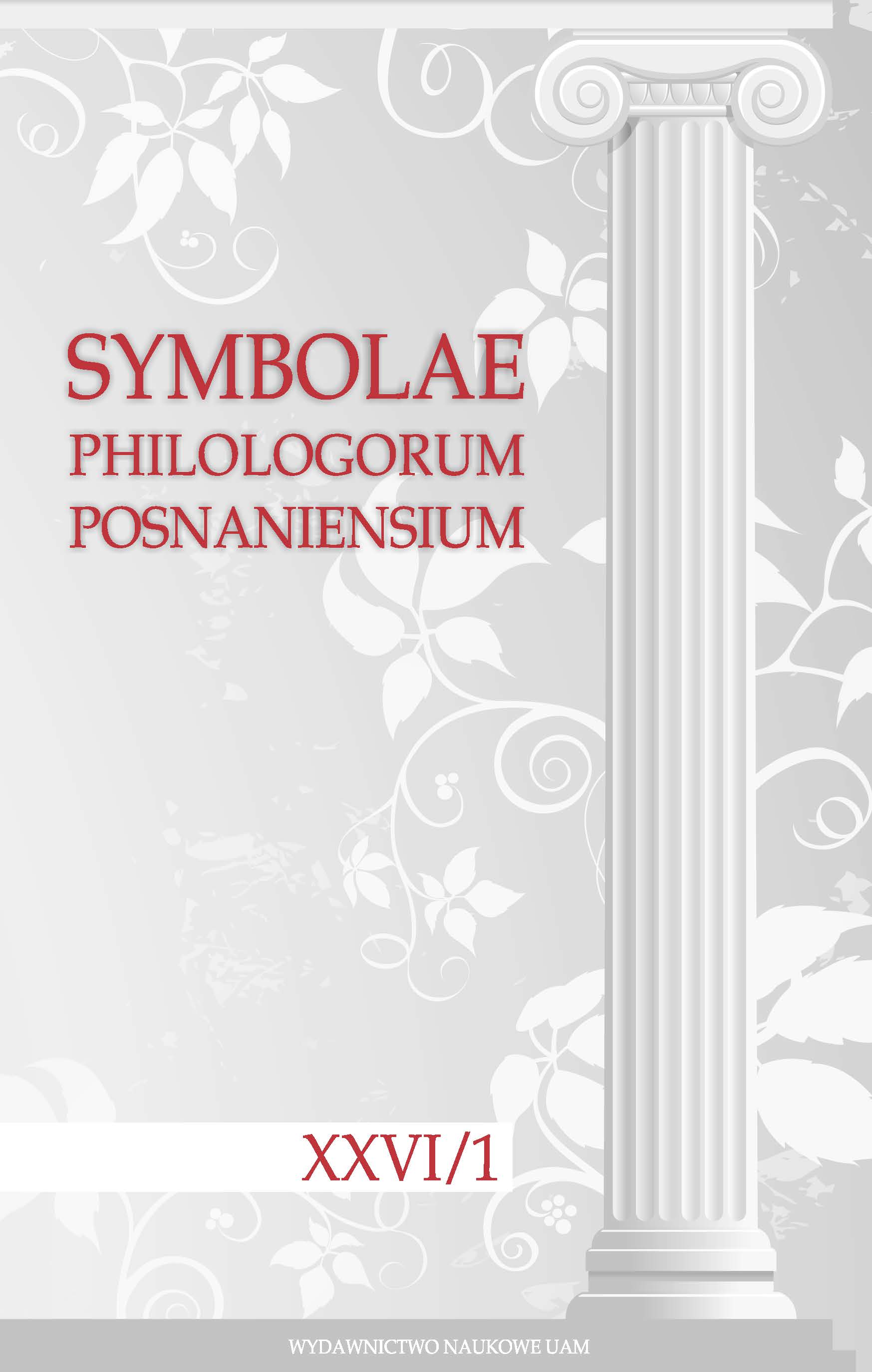Didaskalia w Orestei Ajschylosa jako projekt inscenizacji tłumacza (na przykładzie Agamemnona)
Stage directions in the Aeschylus’ Oresteia as the translator’s designed prospective theatre staging (on the example of the Aeschylus’ Agamemnon)
Author(s): Barbara BibikSubject(s): Language and Literature Studies, Literary Texts, Studies of Literature
Published by: Uniwersytet Adama Mickiewicza
Keywords: Aeschylus; Oresteia; Agamemnon; Węclewski; Kasprowicz; Srebrny; Sandauer
Summary/Abstract: We all know that in the ancient tragedies there are no written stage directions. But it does not mean that there are no stage instructions. Without no doubts the fifth century BC tragedies were theatre productions. Of course they were influenced by the Athenian theater of the day, but in every age the drama is influenced by the theatre of its days. And translation of a drama requires to be imagined by the translator who is never free from any influences or references to the stages and theatres of authors’ time. That is why in this paper I would like to examine what kind of staging the translators suggest in their translations and stage directions they insert in the texts.
Journal: Symbolae Philologorum Posnaniensium Graecae et Latinae
- Issue Year: XXVI/2016
- Issue No: 1
- Page Range: 53-75
- Page Count: 23
- Language: Polish

